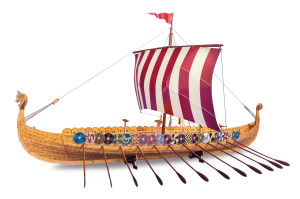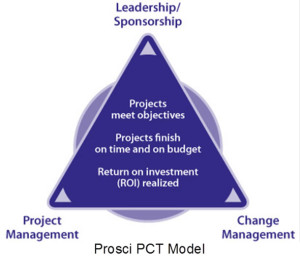
Improving the world usually takes extensive research (‘’What should we do?’’), a good strategy (‘’How should we do it?’’) and the support of leadership (‘’Who will approve it?’’).
It’s the same formula regardless of whether you want to change a person, an organization or society. Research provides the initial diagnosis; strategy provides the solution while good leadership makes it happen. That’s the science of progress. Research and strategy focus on design while leadership focuses on implementation.
LEADERSHIP, THE ARROWHEAD
The word “leadership” can bring to mind a variety of images – a political leader, pursuing a passionate, personal cause; an explorer, cutting a path through the jungle for the rest of his group to follow or an executive, developing her company’s strategy to beat the competition.
Leaders help themselves and others to do the right things. They set direction, build an inspiring vision, and create something new. Yet, while leaders set the direction, they must also use management skills to guide their people to the right destination, in a smooth and efficient way. This is where project management and change management come in.
PROJECT & CHANGE MANAGEMENT
A project manager is a person who has the overall responsibility for the successful initiation, planning, design, execution, monitoring, controlling and closure of a project. The role of the change manager, on the other hand, is to enable flawless execution.
THE VIKING SHIP
The story below would serve to illustrate my point. The Vikings were the project managers of the ancient world. They built ships that navigated the seas and brought them their fame and fortune.
One day, an innovative Viking designed the blueprint of a new type of ship. It would move faster and require less manpower than the ships they currently had. He approached the King with his proposal and the King gave him permission to build. In return, the builder promised that the ship would be ready to assist the King in his upcoming military campaign.
Armed with the required resources, the builder worked night and day with his team of workers to build the ‘perfect’ ship. Meanwhile, speculation ran rife in the Viking camp. ‘’What kind of ship was this? What new contraption?’’
On the expected delivery date, the builder completed the ship one day before the King’s military campaign. He and his team then sat back and expected the Viking sailors to board the ship in readiness for the campaign.
To his dismay, the sailors grumbled and swore at him. ‘’This ship is strange. We’ve never seen anything like it. Do you think we’re fools? Ready to go to our deaths? Take this ship away and bring back the old one we are used to.’’
The builder was crushed. Sensing the discontent among his sailors, the King quickly retired the new ship and brought back the old one. As he watched his beloved and perfectly executed project fail, the builder asked ‘’What did I do wrong?’’
It wasn’t what he did. It was what he failed to do. He failed to manage the change. He ignored the ‘people’ side of change.
CONCLUSION
Make your next project a success. Get leadership on board, get a project manager and whatever you do, don’t leave out the change manager.



